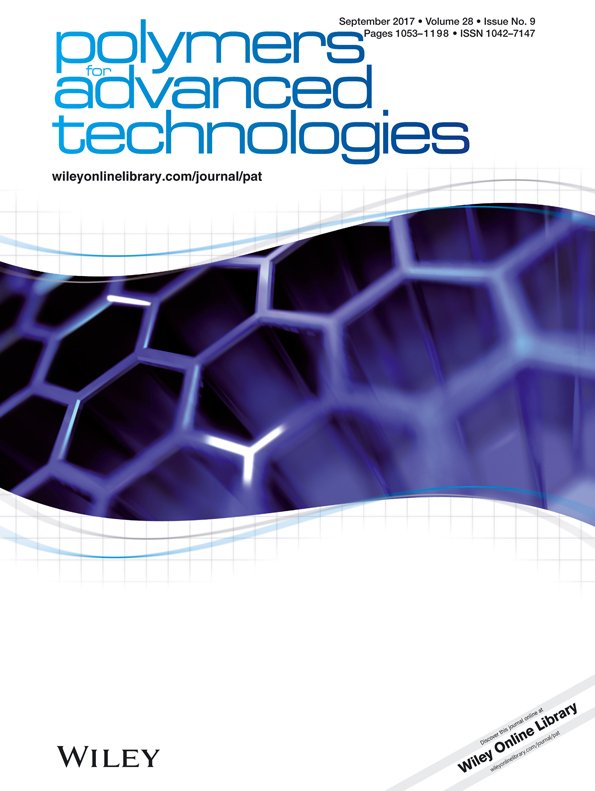Enhancement of water barrier properties and tribological performance of hybrid glass fiber/epoxy composites with inclusions of carbon and silica nanoparticles
Abstract
Water barrier properties and tribological performance (hardness and wear behavior) of new hybrid nanocomposites under dry and wet conditions were investigated. The new fabricated hybrid nanocomposite laminates consist of epoxy reinforced with woven and nonwoven tissue glass fibers and two different types of nanoparticles, silica (SiO2) and carbon black nanoparticles (C). These nanoparticles were incorporated into epoxy resin as a single nanoparticle (either SiO2 or C) or combining SiO2 and C nanoparticles simultaneously with different weight fractions. The results showed that addition of carbon nanoparticles with 0.5 and 1 wt% resulted in maximum reduction in water uptake by 28.55% and 21.66%, respectively, as compared with neat glass fiber reinforced epoxy composites. Addition of all studied types and contents of nanoparticles improves hardness in dry and wet conditions over unfilled fiber composites. Under dry conditions, maximum reduction of 47.26% in weight loss was obtained with specimens containing 1 wt% carbon nanoparticles; however, in wet conditions, weight loss was reduced by 17.525% for specimens containing 0.5 wt% carbon nanoparticles as compared with unfilled fiber composites. Diffusion coefficients for different types of the hybrid nanocomposites were computed using Fickian and Langmuir models of diffusion. Copyright © 2017 John Wiley & Sons, Ltd.




